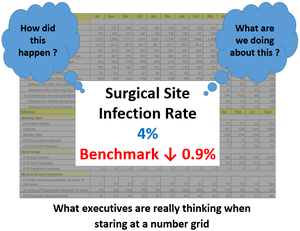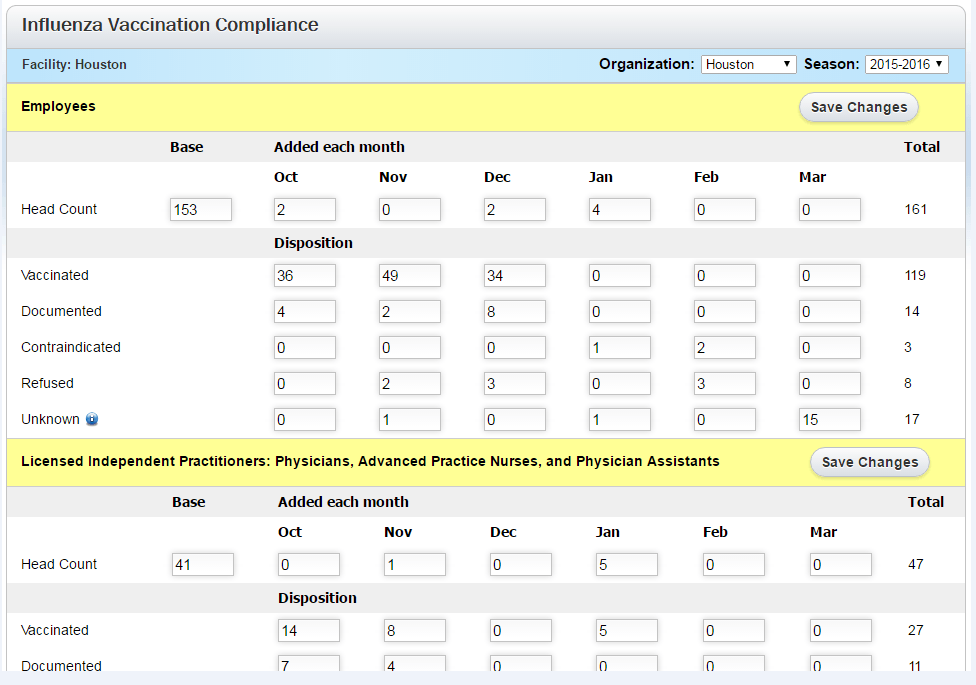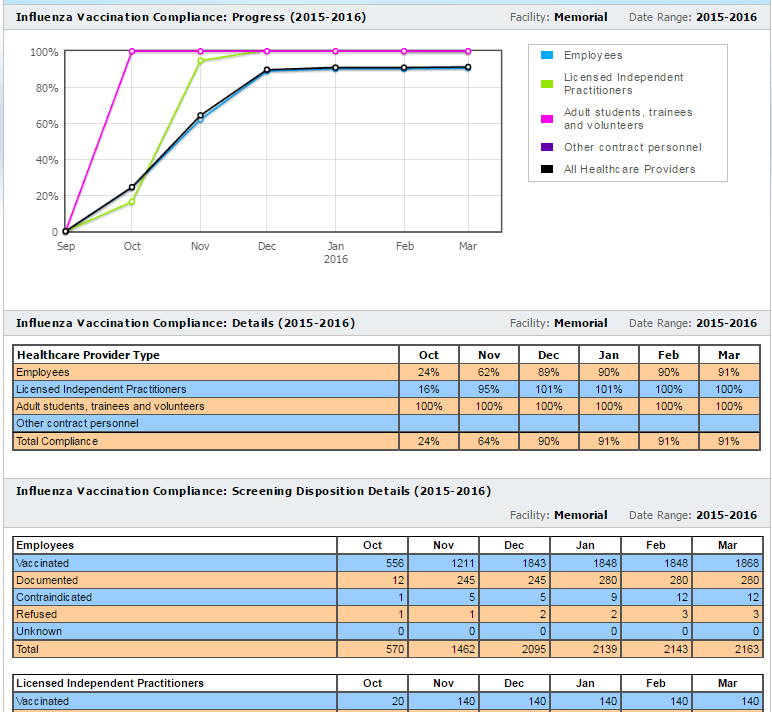A recent article in Medical Economics, “The Promise of Next Generation EHRs” was an interesting read. It got me thinking, and there were a few parts of the article that left me uneasy, given the challenges in healthcare today.
First, the article cited reports that point to software as the primary administrative burden to physicians’ productivity. The article notes that inefficiencies in software lead to click fatigue and multitasking, which ultimately lead to mistakes.
Indeed, mistakes are very serious problems in healthcare. However, it’s not only physicians who suffer from inadequate software - nurses, clinicians and a host of administrative staff are spending most of their day using various software systems and applications.
Second, and perhaps more importantly, while stressing the need for flexibility and usability in information technology for healthcare orgs, the author specifically advocates that the best software is “designed by clinicians”. Ironically, this “designed by clinicians” paradigm is a major contributor to the dissatisfaction many users have with healthcare software products – including EHRs.
Of course, healthcare application vendors would be silly not to include significant input from current and former clinicians. Clinicians’ hands-on experience is invaluable to clinical in the form of environmental background, workflows, user scenarios, use cases, specific requirements and other types of content.
The much greater concern over healthcare institutions jumping onto the “designed by clinicians” bandwagon is that it quickly leads to the idea that software must be designed, not by just any clinicians, but by their own in-house team of clinicians.
Thus, when considering new software products, healthcare leaders are quick to ask the vendor, “Can we customize it?” (meaning a unique instance of a product, custom-developed for an organization) before they have seen much of the existing product. That question is where the real trouble begins. It is far from the end of the story, however.
Challenges in Healthcare Software Design
Improving software in healthcare is a noble - and very necessary – goal. But when the rubber meets the road, software designed exclusively by clinicians leads to three major pain points that are already widespread in healthcare organizations.
Problem #1 – Clinicians and Developers working together: mismatched skills match lead to less than optimal products
The best software vendors use highly trained with a wide breadth of expertise in fields like information engineering, perceptive science, psychology, user interface (UI) and user experience (UX), for starters.
It takes all these skills and more to shape an optimal UX for a software product. Unfortunately, not every software developer is also gifted with design skills. Similarly, clinicians are untrained in the various disciplines of UX employed by a design expert during the product development process. As end-users, clinicians are often better at describing the problem rather then envisioning “clean slate” solutions that could drive the desired results.
In other words, both sides may be operating outside their area of expertise. Thus, having clinicians tell programmers what they want can lead to problems such as:
- Communication breakdown over terminology
- Conflicting approaches to both the problem(s) and potential solutions
- Extra time spent in design and review processes to educate clinicians on UX and design principles
- Important design features are diminished or omitted
To avoid this scenario, I feel that the best outcomes result from software designed not by, but with clinicians at multiple points during the design, development and maintenance phases of the software lifecycle.
Problem #2 – Customized product development “branches” leads to higher cost, but not necessarily higher performance
In recent years, custom development of healthcare management platforms has become ever more common. Vendors are eager to offer customization because they can charge more for the end product, while simply passing on the additional development costs directly to the customer. For some, in fact, it’s become a major part of their business model.
The more vendors provide custom development, the more customers ask for it, and so begins a vicious cycle. But the ugly truth is, while custom development or “customization” of healthcare IT products is lucrative for the manufacturer, it doesn’t necessarily benefit the customer. Much of customization work amounts to simple personal preferences which have no effect on patient care outcomes. Custom-developed products
Problem #3 - People tend to lean on (and thus design based on) what they know
One of the most important skills professional software designers have is the applied fundamental of design thinking. Design thinking uses a set of defined principles and constructs, combined with a very intentional process, to realize a desirable end product. Design thinking helps product designers fight the (very human) urge to “go with what you know”.
Most of us, when asked how a new system or product should look or work, will describe something very much like what we have used in the past – regardless of how well that product met our needs. People tend to lean on familiarity (often without even realizing it) which results in a “that’s the way we’ve always done it” attitude. It is this attitude that holds back much-needed progress in hospitals, clinics, and other healthcare organizations.
The unintended consequences of this perpetual cycle are:
- Unintuitive platforms that are difficult to use
- Software that feels just like a digital version of outdated paper forms
- Expensive cycles of customization
- Wariness at trying new products and systems
After a few years and many thousands of dollars, too many healthcare organizations find themselves still encountering the same problems.
Taking steps toward meaningful and effective change in healthcare Performance Improvement Software
So what should healthcare organizations do? It will require a major attitude shift to get out of the rut that’s been dug over decades of stagnation and frustration at ineffective systems. Meaningful change requires buy-in, starting with management on down through all levels of the organization.
Here are some starting principles for effective change:
- Commit to innovation in selecting, acquiring and using healthcare management software
- Accept the idea that progress comes with a certain amount of pain
- Seriously consider newer, smaller vendors because they are the ones best positioned to truly innovate
- When evaluating a product, focus more on organizational goals and actionable insights needed and less on tasks, processes and reports used in the past
- Give turnkey products a chance to demonstrate their full functionality before asking about what can be built
- Focus on whether a product is intuitive, easy-to-use and even exciting to think about using. If it’s not, keep looking
Developing New Approaches in Healthcare Performance Improvement Platform Software
The takeaway here is that optimal product design “takes a village” – a multi-disciplinary team that includes, but is not controlled by, end users (clinicians, physicians, administrative staff).
ActionCue CI is built upon this principle. Our innovative solution was developed in partnership with clinicians, as well as highly trained UX/UI product designers, to address known problems in ways that go beyond what myopic visions of what so-called ”new” solutions can lead to. The dashboard is configurable to meet the unique needs of risk managers, clinicians, and healthcare executives while avoiding the pitfalls of full customization, resulting in a more cost-effective and intuitive product that end users love. By providing configurability without customization, ActionCue CI delivers an affordable solution that still meets specific users’ needs.






